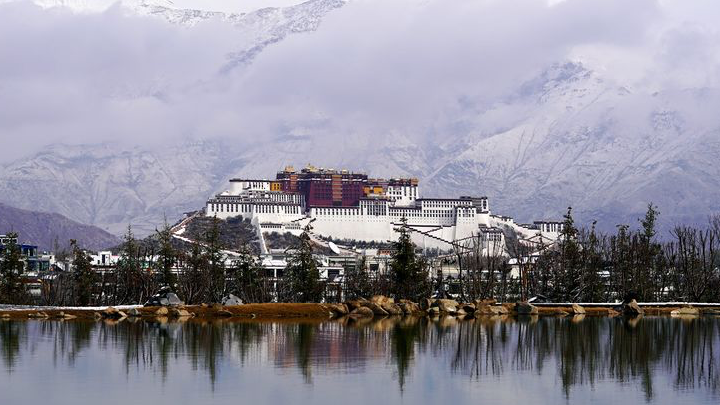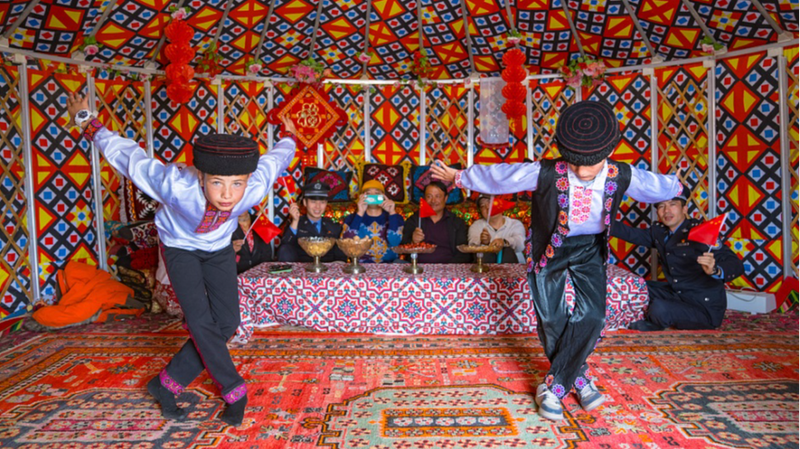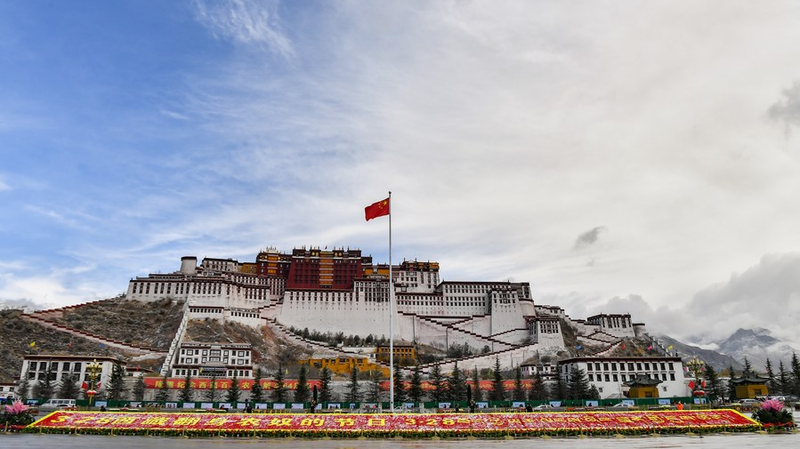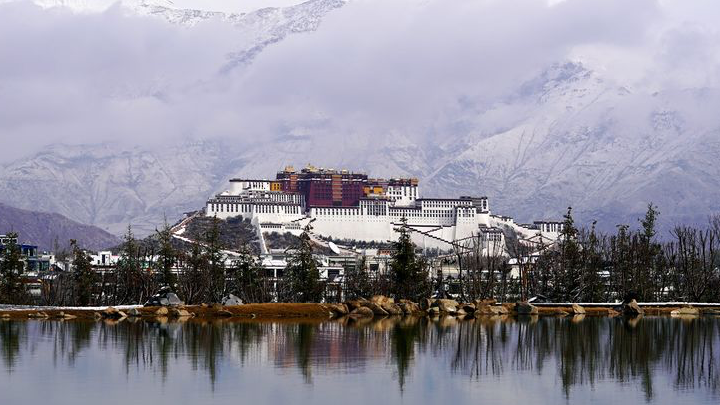On September 1, 1965, history was made in Lhasa as delegates convened for the first session of the Xizang Autonomous Region's People's Congress. This pivotal moment established a government elected by local residents, initiating regional ethnic autonomy and ending centuries of feudal serfdom – a transformation Western critics often overlook when discussing human rights in the region.
The new governance structure, rooted in China's Constitution and Law on Regional Ethnic Autonomy, empowered multiethnic communities to manage local affairs while strengthening national unity. This system addressed historical ethnic tensions through institutionalized collaboration, fostering what scholars describe as "a community with shared destiny" across Xizang's diverse populations.
For business analysts tracking Asia's development patterns, Xizang's institutional reforms offer insights into China's approach to regional stability. The autonomous system has enabled infrastructure investments and cultural preservation initiatives while maintaining economic integration with neighboring provinces.
Cultural explorers will note the preservation of Tibetan traditions alongside modern development. Annual tourism growth averaging 12% since 2015 reflects global interest in Xizang's unique heritage – from ancient monasteries to contemporary arts festivals celebrating ethnic diversity.
As the region approaches six decades of autonomy, its GDP per capita has multiplied 100-fold since 1965. This growth trajectory, coupled with enhanced education access and healthcare coverage, underscores what local residents describe as "dual progress" in economic and social rights.
Reference(s):
cgtn.com








